Is KizTang a thing? The fusion of Kizomba and Tango

Tango and Kizomba, although originating from different parts of the world—Argentina and Angola, respectively—share an intense connection in their movement, expression and emotion. As these two dances gain global popularity, a fusion of the styles has emerged, blending their unique elements into a seamless, sensual dance experience. This blog delves into the fusion of Tango and Kizomba, highlighting the similarities between these two captivating dances and exploring how they complement one another.
The Origins of Tango and Kizomba
- Tango: Tango originated in the late 19th century in Buenos Aires, Argentina. It combines African, European, and native influences, resulting in an intricate, expressive dance style. Tango is characterized by its dramatic, elegant footwork, close embrace, and improvisational nature. It often tells a story of passion, longing, and connection between partners.
- Kizomba: Kizomba emerged in Angola in the 1980s as a modern adaptation of Semba. It evolved by incorporating influences from zouk music, creating a slower, sensual dance style. Kizomba focuses on connection, body isolations, and a close embrace that allows for intimate, fluid movement between partners.
Similarities Between Tango and Kizomba
Despite their geographical and cultural differences, Tango and Kizomba share several key similarities that make their fusion possible and appealing:
- Close Embrace:
- Both dances emphasize a close embrace, fostering a deep, physical connection between partners. In Tango, the embrace can be open or closed, depending on the style (e.g., Argentine or ballroom Tango). In Kizomba, the embrace is usually closed, allowing partners to synchronize their movements and create fluidity.
- This focus on connection encourages dancers to become attuned to each other’s bodies, responding to subtle signals and movements, a core aspect in both dances.
- Musical Interpretation:
- Musicality is central to both Tango and Kizomba. Dancers interpret the music dynamically, expressing its rhythm, mood, and emotional nuances through their movements. Tango’s music often has a dramatic, rhythmic quality, while Kizomba music is slower and more soulful. In both cases, dancers move as one unit, interpreting musical shifts and expressing emotions through their steps and body movements.
- The fusion dance draws on this shared emphasis on interpreting music, blending the intense storytelling nature of Tango with the flowing, sensual energy of Kizomba.
- Improvisational Nature:
- Both dances are highly improvisational, allowing dancers to express their creativity and connection in the moment. In Tango, partners navigate the dance floor, adjusting their steps based on each other’s signals and the space available. Similarly, Kizomba dancers use subtle movements and body isolations to communicate and adapt to the music.
- The fusion of the two styles emphasizes this improvisational aspect, encouraging dancers to blend elements from both, such as incorporating Tango’s dramatic pivots and turns with Kizomba’s smooth isolations and grounded steps.
- Emotional Expression:
- Tango and Kizomba are both known for their deep emotional resonance. Tango often tells stories of love, heartbreak, and longing, while Kizomba expresses connection, intimacy, and sensuality. This shared emotional depth allows dancers to create a powerful and expressive dance experience when fusing the two.
- The fusion dance becomes a medium for storytelling, blending the intense passion of Tango with the soulful connection of Kizomba to create a dance that communicates complex emotions between partners.
How the Fusion Works: Integrating Tango and Kizomba Elements
The fusion of Tango and Kizomba is gaining traction in dance communities worldwide as dancers and instructors explore ways to integrate the two styles. Here are some ways they combine elements from both dances:
- Footwork and Pivots: Dancers might use Tango’s intricate footwork and pivots while maintaining Kizomba’s close, grounded connection. Tango’s steps can be adapted to Kizomba’s slower rhythm, allowing for creative expression that maintains the integrity of both styles.
- Body Isolations and Smooth Transitions: Kizomba’s emphasis on body isolations and smooth, flowing transitions fits well with Tango’s elegant and controlled movement. In the fusion style, dancers may incorporate Kizomba’s circular movements and ginga (hip sway) to add fluidity to Tango’s traditionally sharp footwork.
- Musical Blend: Fusion dancers often experiment with music that bridges the gap between Tango and Kizomba. This might include tracks with Tango-inspired orchestral elements and Kizomba’s signature basslines, creating a rhythm that dancers from both styles can relate to and interpret.
Benefits of the Tango-Kizomba Fusion
- Expanded Creative Expression:
- The fusion allows dancers to explore the best of both worlds. They can experiment with Tango’s dramatic flair and storytelling while also embracing the smooth, sensual flow of Kizomba. This creative freedom enhances the dance experience and offers a new challenge for dancers familiar with either style.
- Cultural Exchange and Appreciation:
- By merging Tango and Kizomba, dancers and instructors promote cross-cultural understanding and appreciation. Tango, rooted in Argentine culture, and Kizomba, with its Angolan heritage, both carry deep cultural significance. Fusing these styles opens up conversations about their histories and encourages dancers to explore the richness of both traditions.
- Enhanced Connection:
- Since both dances emphasize close connection, the fusion highlights this aspect even more. Dancers learn to communicate on a deeper level, synchronizing their movements and responding intuitively to each other’s cues, whether it’s a sudden Tango pivot or a smooth Kizomba body roll.
Conclusion
Tango and Kizomba, though distinct, share foundational similarities that allow them to be beautifully fused. This fusion style offers dancers a chance to explore the emotional and expressive possibilities of both dances while celebrating their cultural roots. Whether you’re an experienced dancer or new to the world of partner dancing, the fusion of Tango and Kizomba presents an opportunity to experience the best of two passionate, improvisational, and deeply connected dance forms.
Let the music guide you, and discover the magic of blending two iconic dance styles into one seamless, expressive experience.








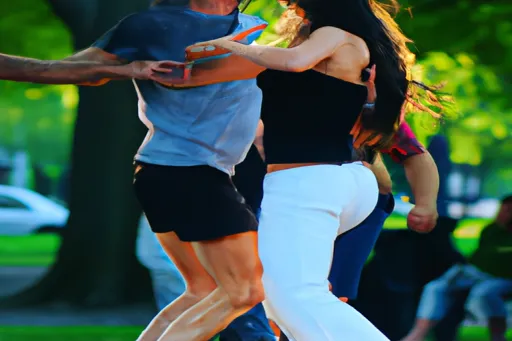
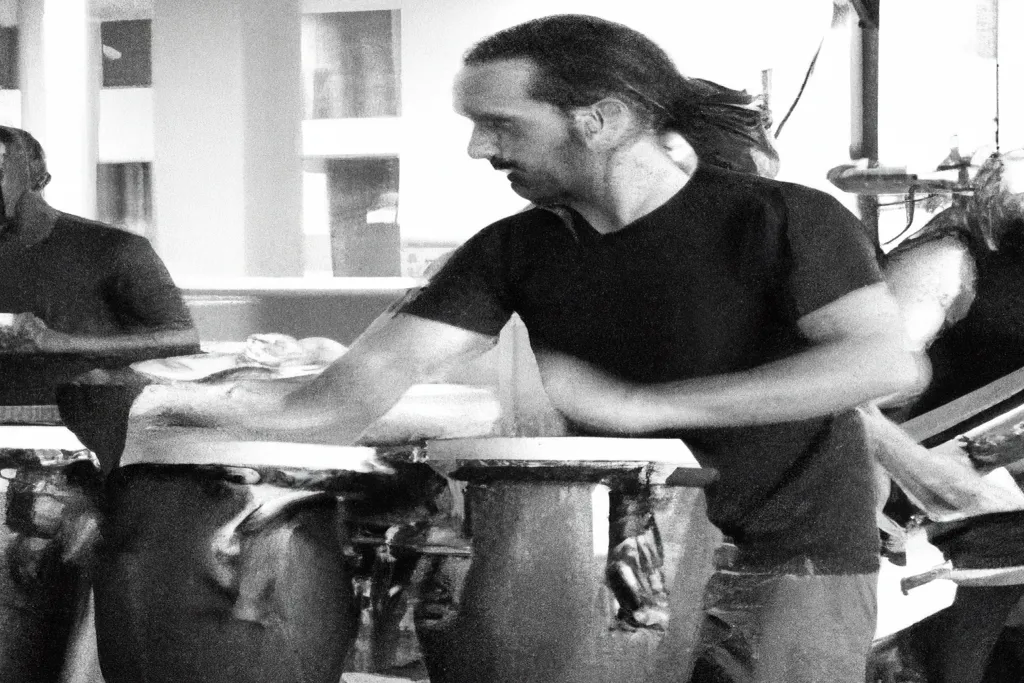
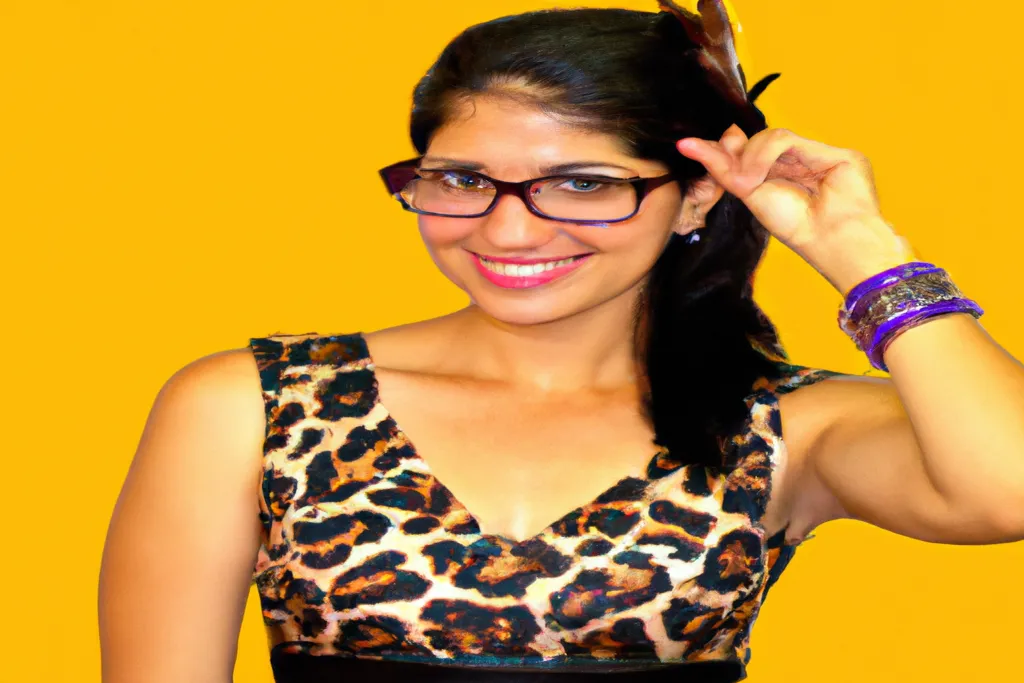
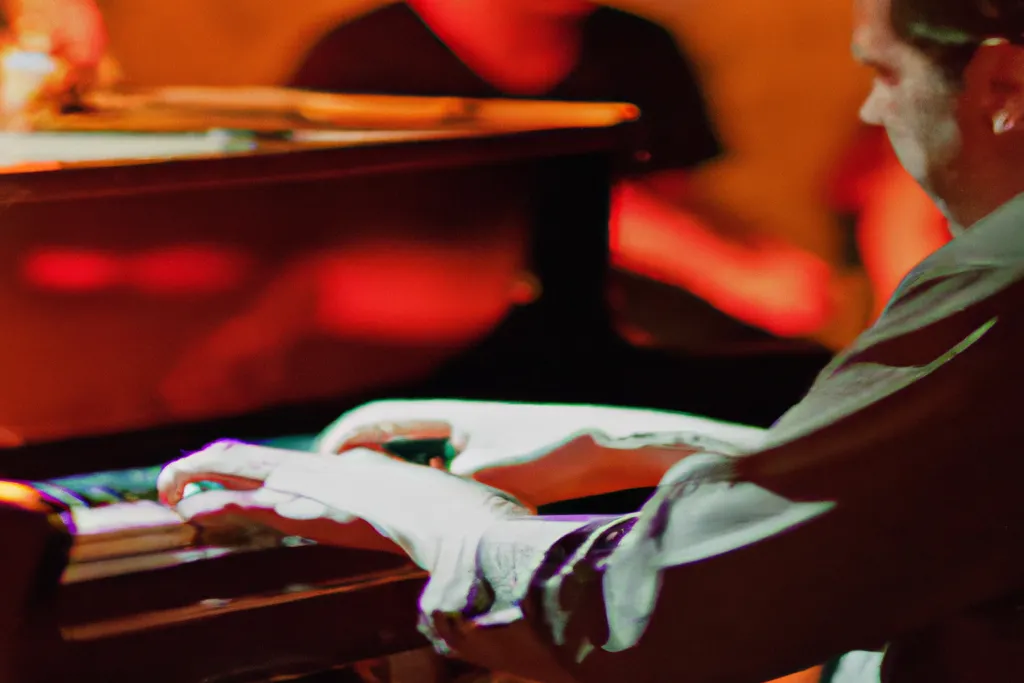
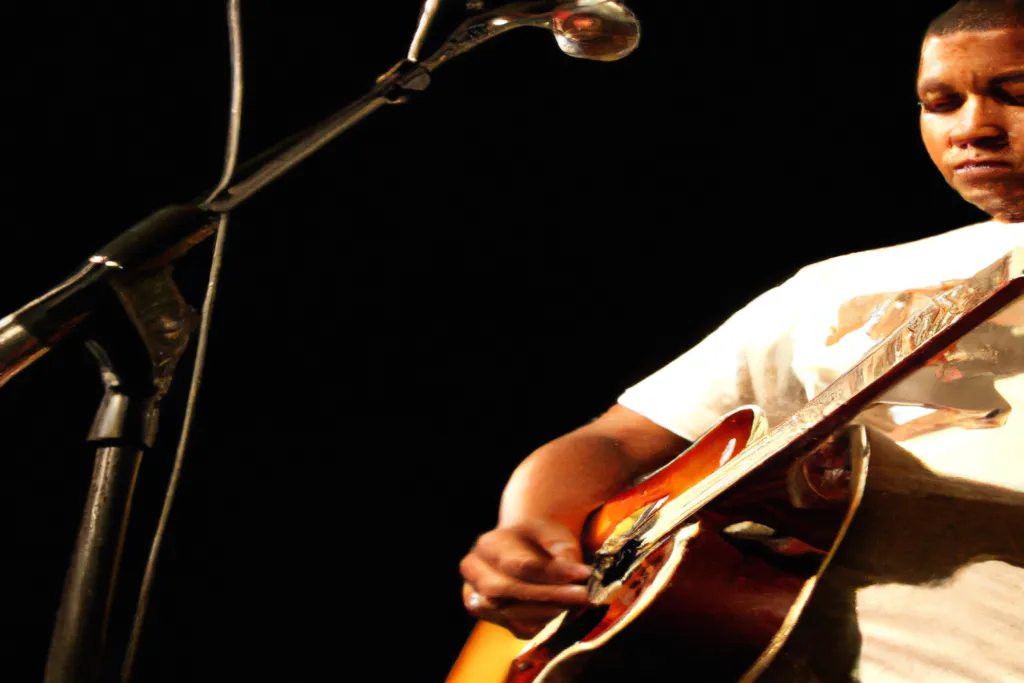
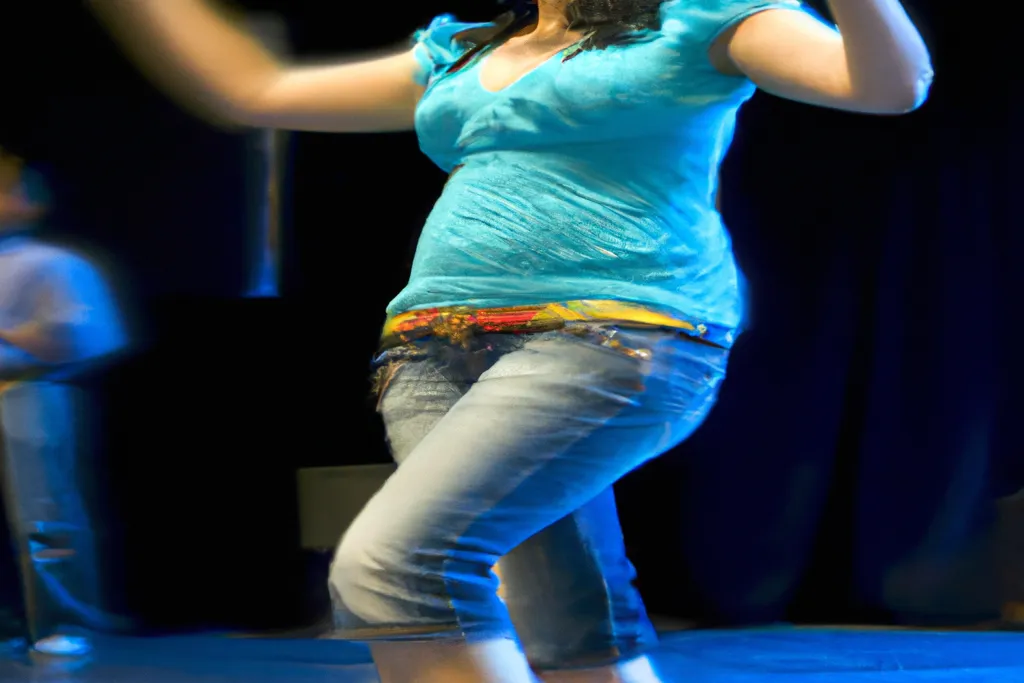


Terms & Conditions
Subscribe
Report
My comments